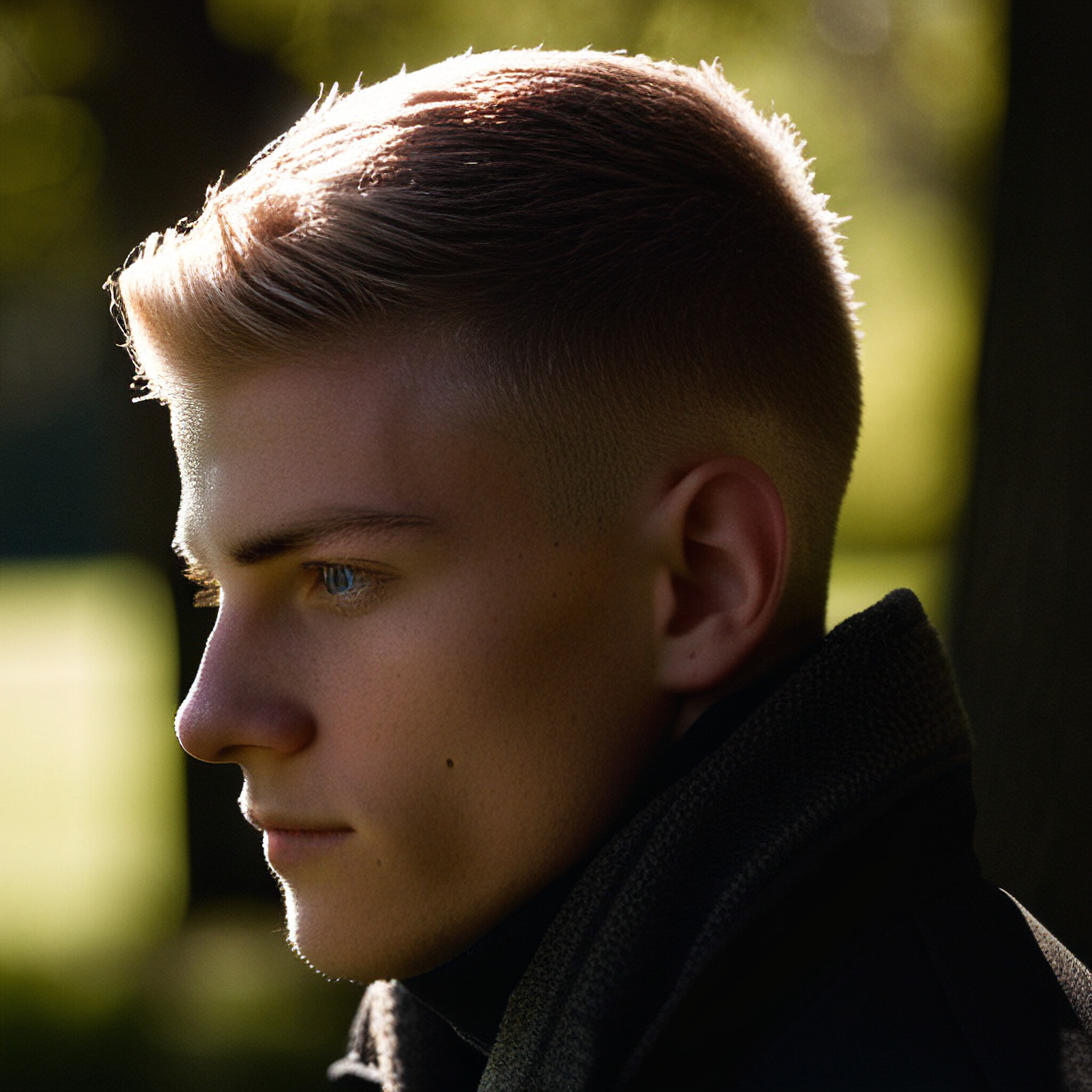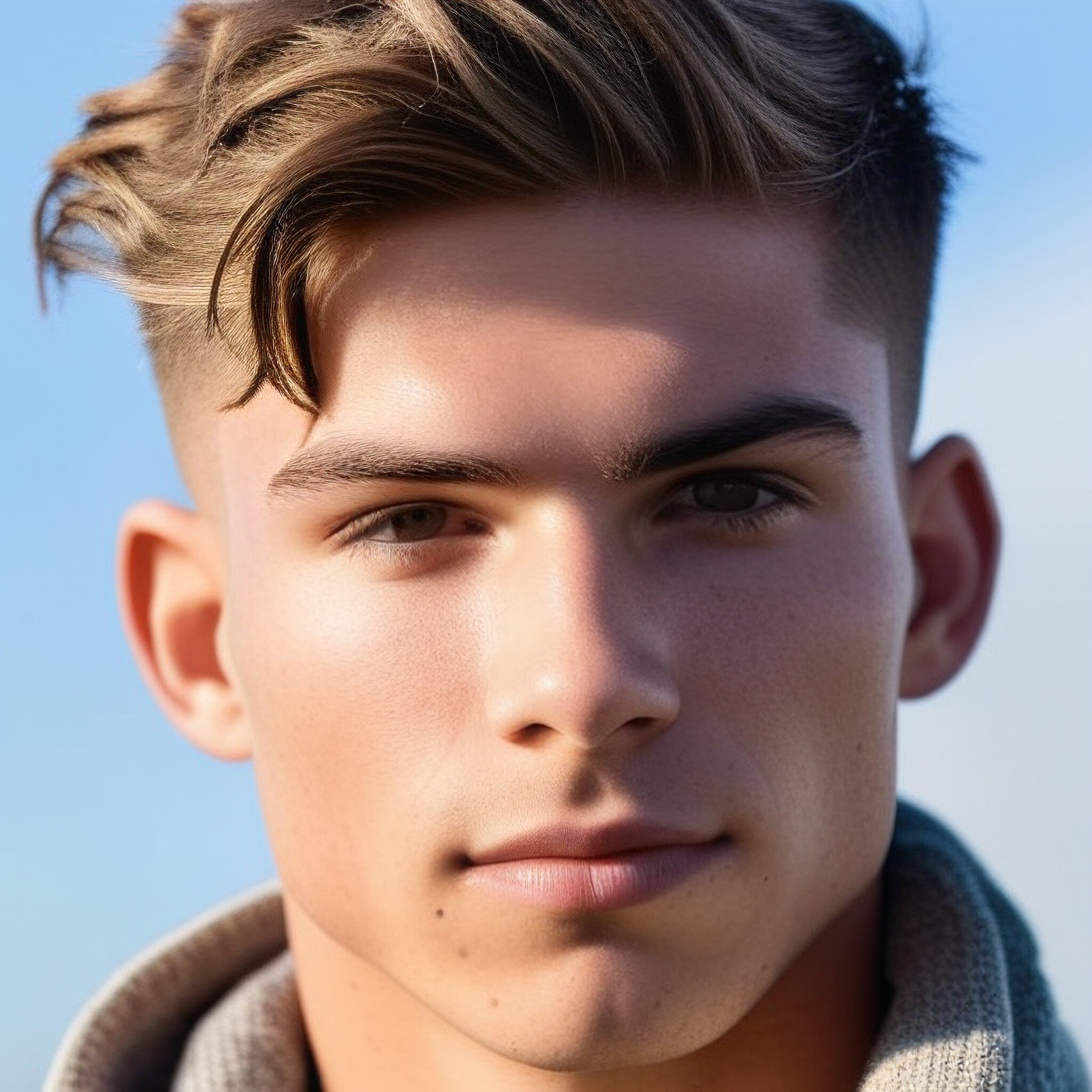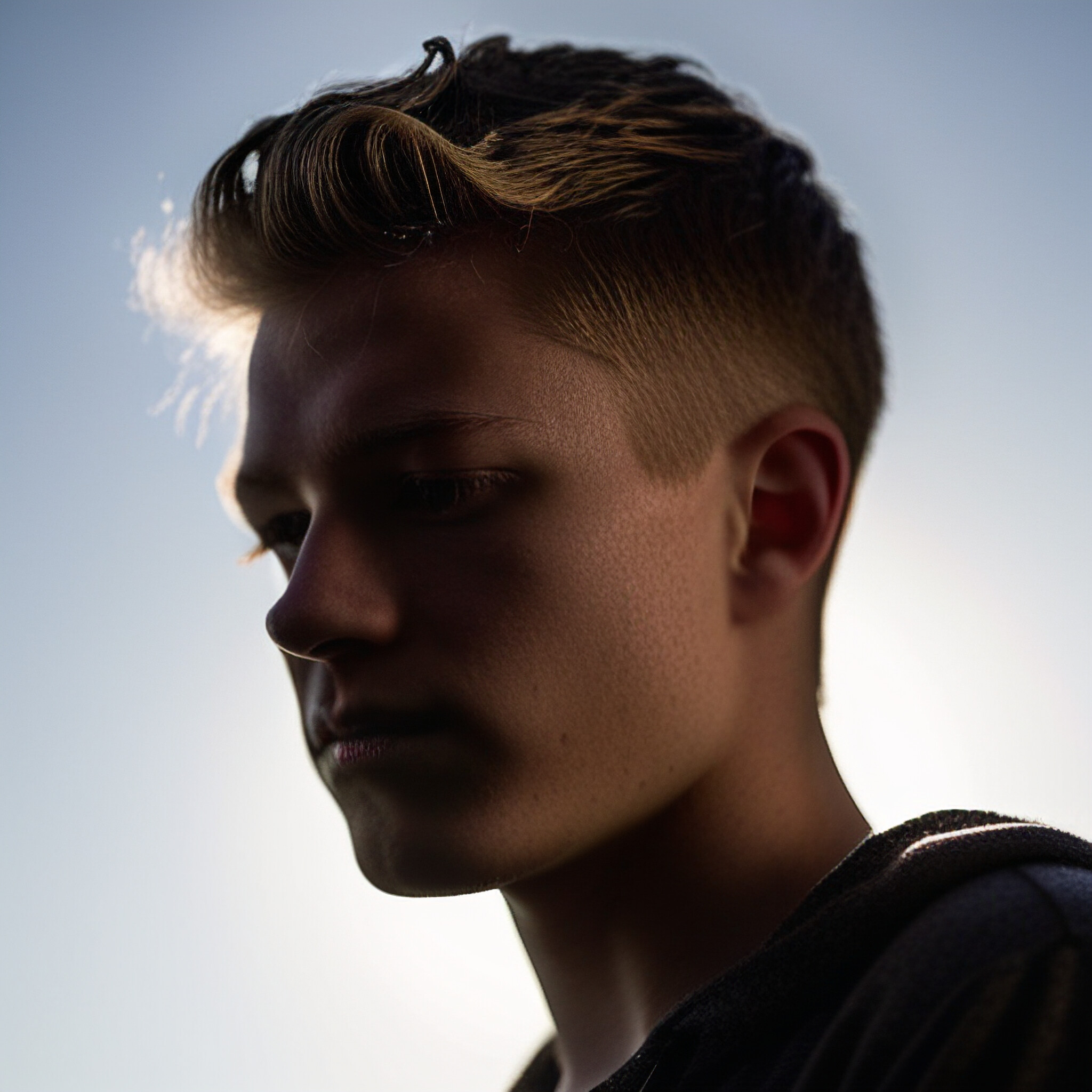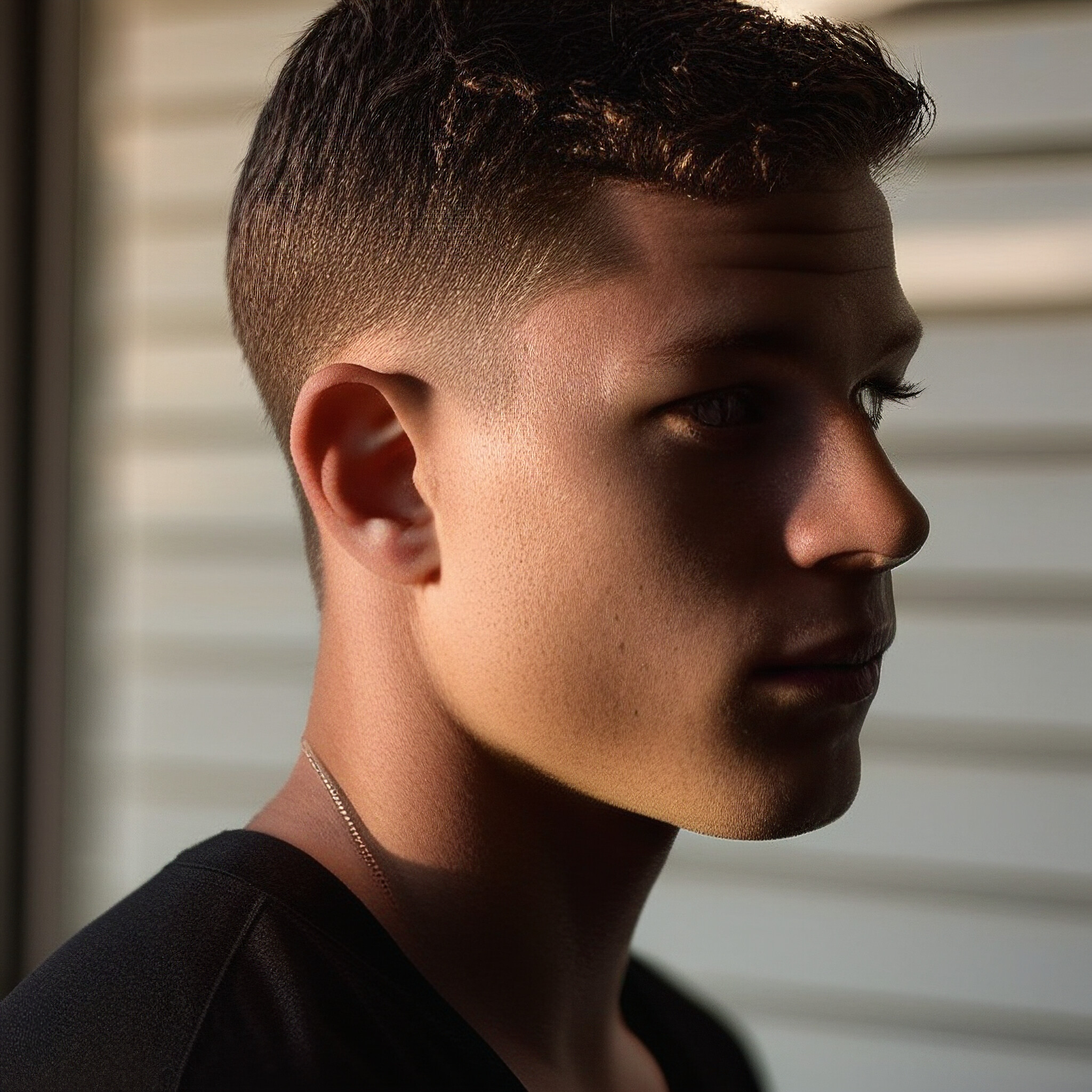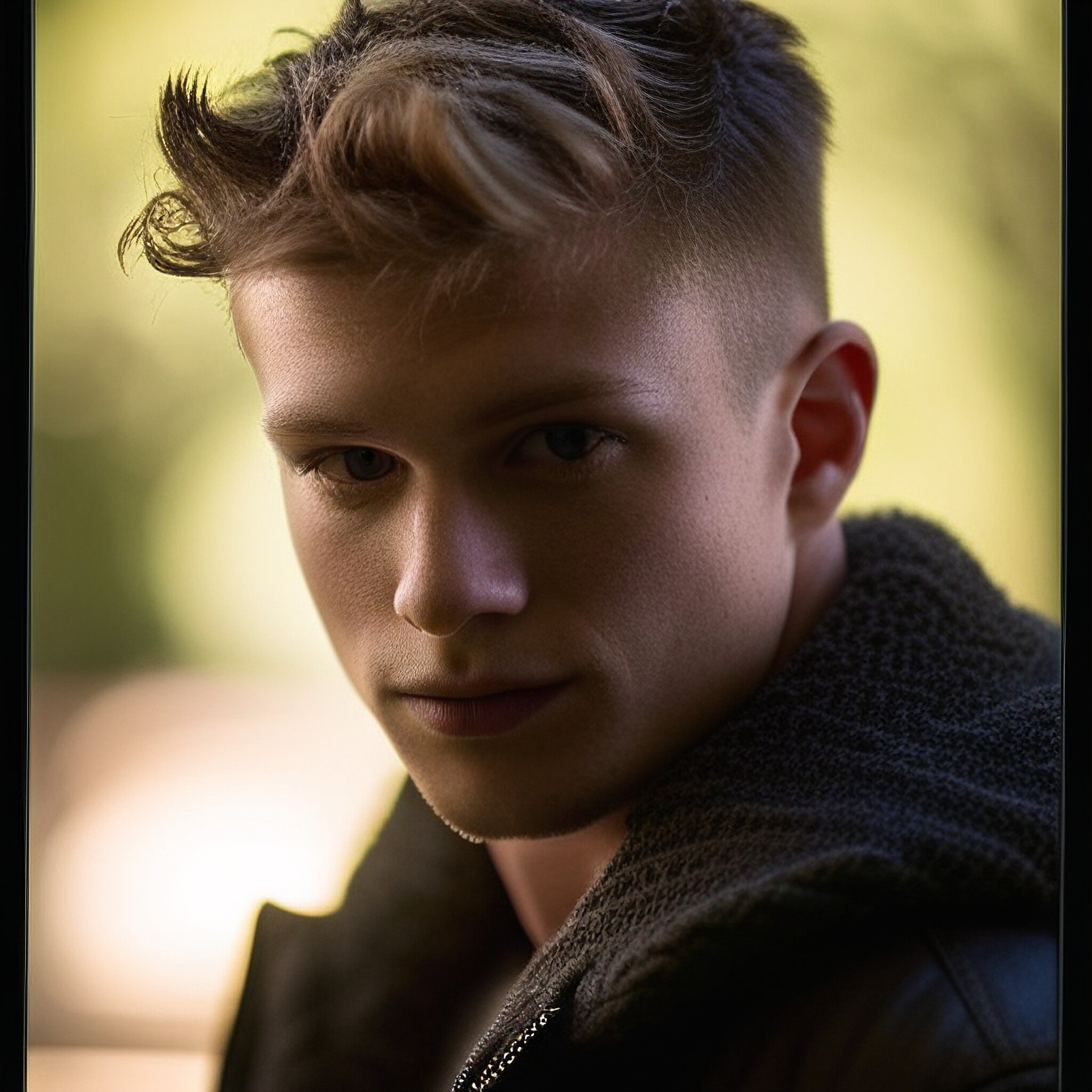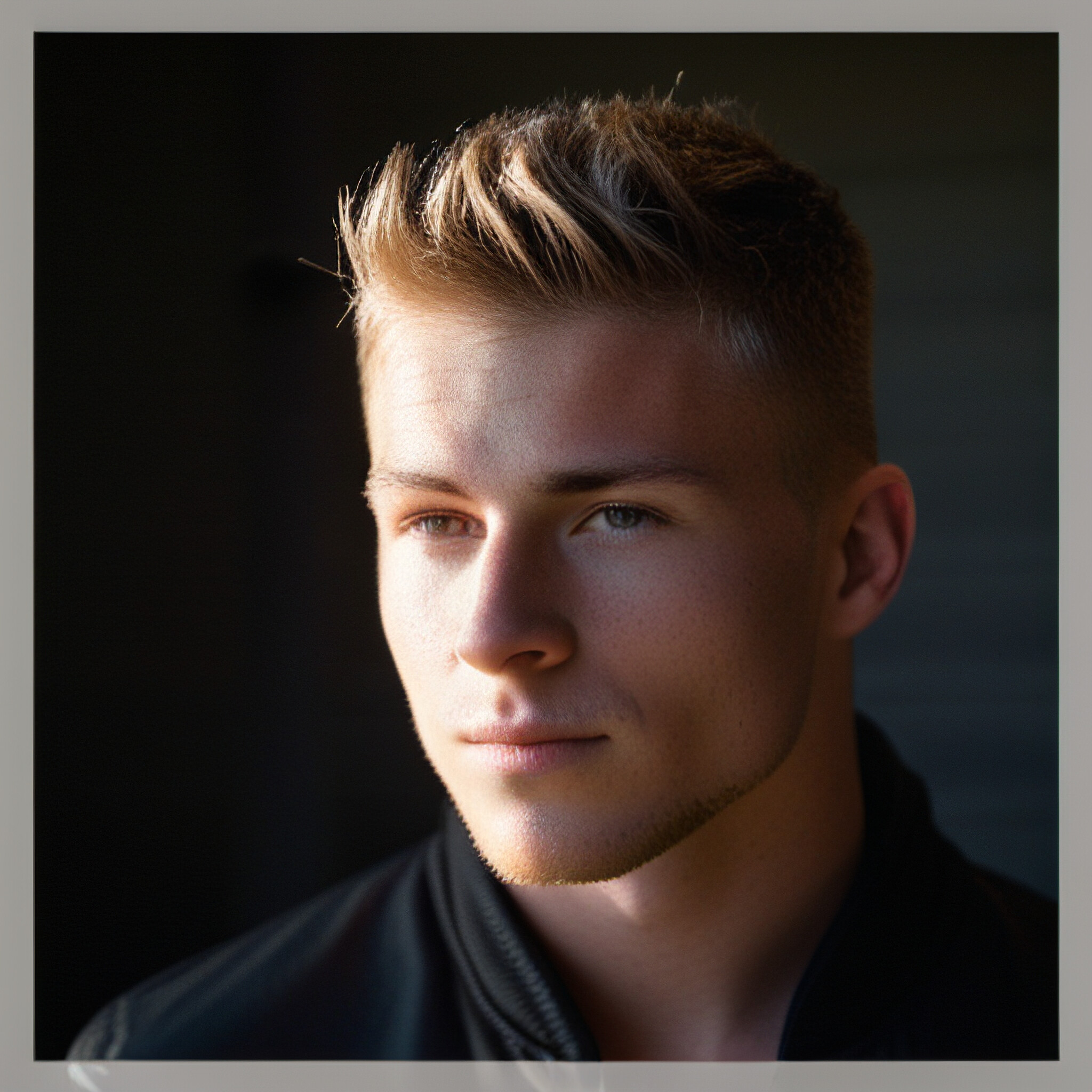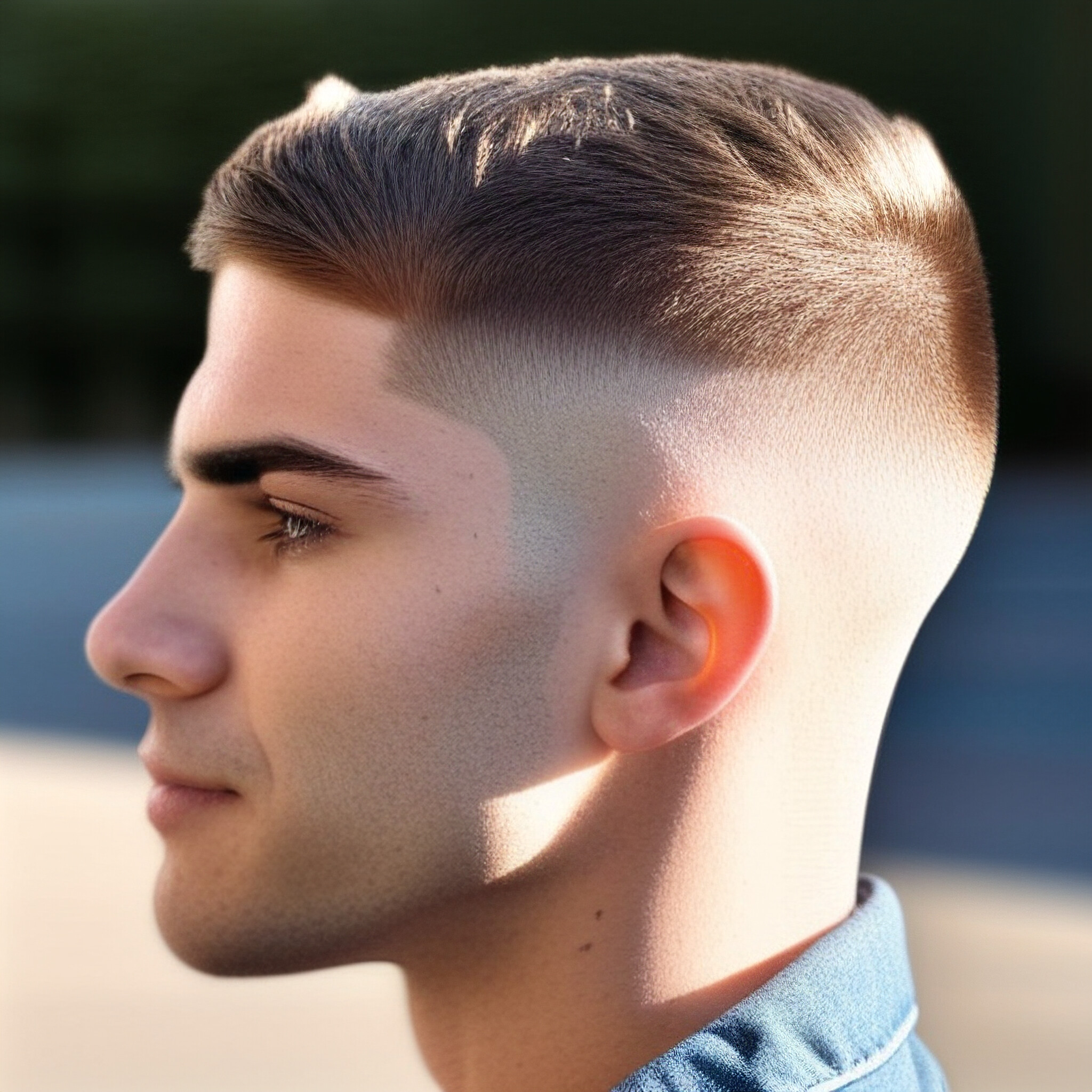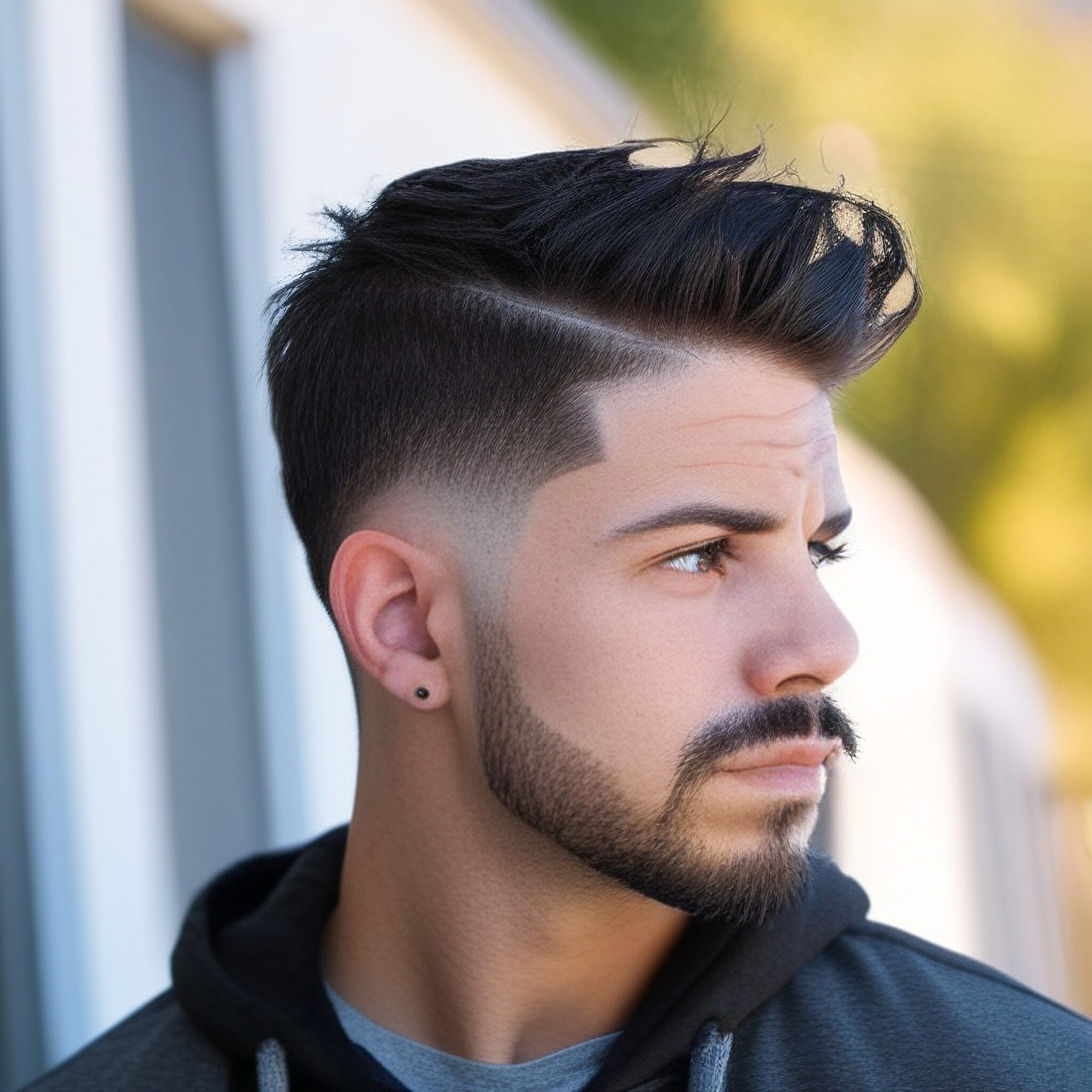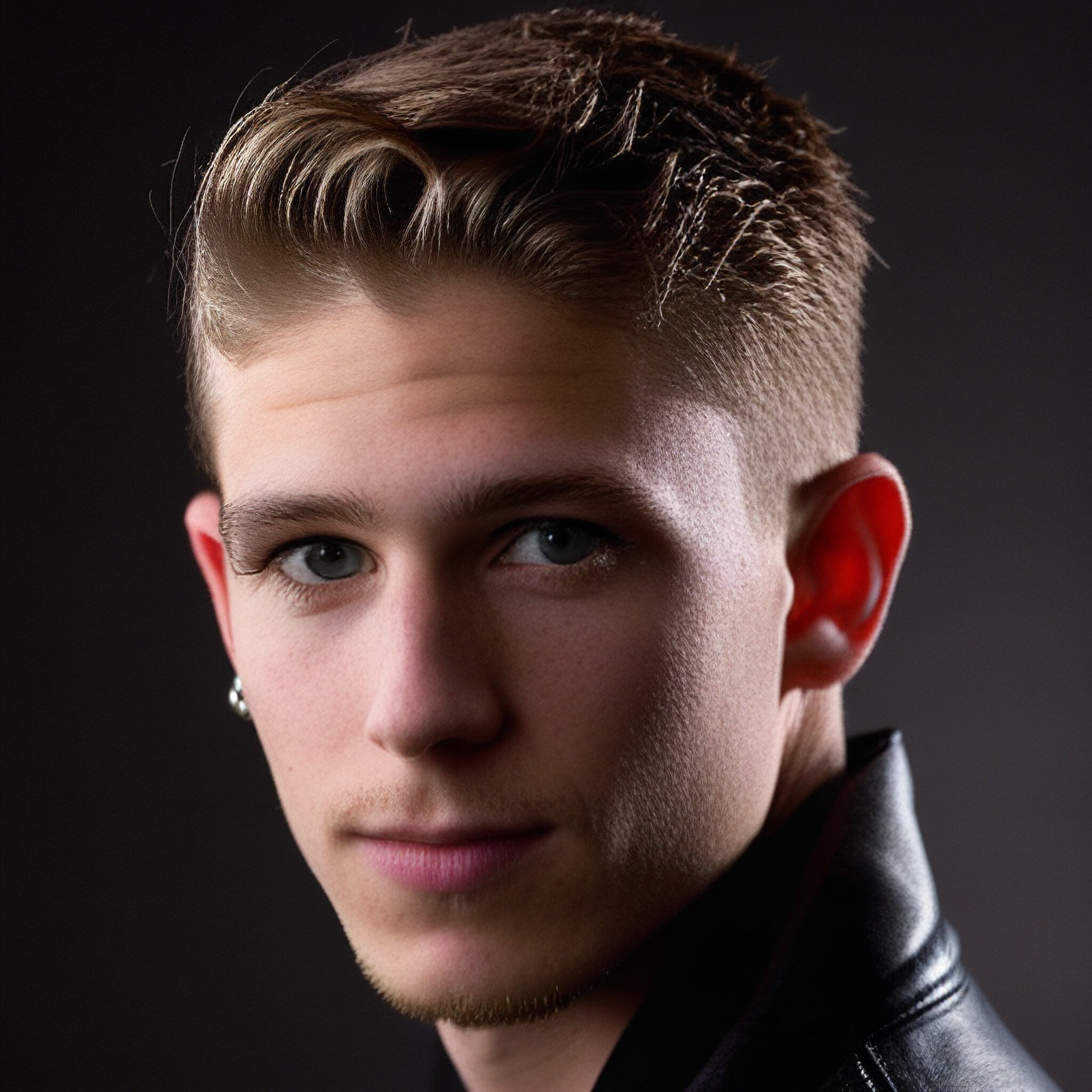The classic low fade is a timeless and versatile haircut that has remained popular for decades. It’s a favorite among men of all ages due to its clean, stylish look that works well with different hair types and styles. If you’re new to the world of fades, this guide will give you everything you need to know about the classic low fade, why it’s so popular, and how to make it work for you.
What Is a Classic Low Fade?
The classic low fade is a type of fade that features a gradual tapering of hair from longer at the top to shorter towards the neckline, with the fade starting just above the ears. The transition between the different lengths is smooth and subtle, creating a natural, blended look. Unlike other fades, which can start higher up or be more drastic, the low fade keeps the fade line low on the head, making it a more understated yet refined option.
Why Is the Classic Low Fade So Popular?
The classic low fade’s enduring popularity comes from its versatility and clean aesthetic. Here are a few reasons why it’s a favorite:
Works for All Hair Types: Whether your hair is straight, wavy, curly, or coiled, the classic low fade can be adapted to suit your hair’s natural texture. It allows you to keep volume and length on top while maintaining a clean, tapered look on the sides.
Timeless Look: The low fade has been in style for decades, and its appeal doesn’t seem to fade (pun intended). It’s a classic haircut that works in both casual and formal settings, making it an excellent choice for a versatile style.
Easy Maintenance: Compared to more extreme fades, the classic low fade is relatively easy to maintain. It grows out well, which means you won’t have to rush back to the barber every few weeks to keep it looking sharp. Plus, it’s simple to style at home.
Complements Various Hairstyles: The low fade pairs well with different styles on top, from pompadours and quiffs to textured crops and curls. It provides a great base that allows you to experiment with different looks without needing a complete overhaul.
How to Get the Classic Low Fade
If you’re considering getting a classic low fade, here’s how to communicate what you want to your barber to ensure you get the perfect cut:
Describe the Fade: Tell your barber that you want a low fade. Be clear that you want the fade to start just above the ears and taper gradually towards the neckline. The key here is subtlety—this fade should be smooth and natural, without harsh lines.
Discuss the Length on Top: Decide on the length you want to keep on top. The classic low fade works with various lengths, so think about whether you want something short and neat, or if you want to keep more length for styling. The length on top will determine the overall vibe of your haircut—shorter for a cleaner, more conservative look, or longer for a more contemporary style.
Consider the Finish: The classic low fade can be paired with different finishes on top. You might prefer a neat, slicked-back finish or a more textured, casual look. Discuss with your barber which styling options work best for your hair type and lifestyle.
Styling the Classic Low Fade
Styling a classic low fade is relatively straightforward, and there are many ways to make it your own:
Slicked Back or Side Part: For a more traditional and polished look, style the top with a side part or slick it back using pomade or gel. This finish is perfect for formal occasions or a professional setting.
Textured Top: If you prefer a more relaxed, modern style, use a matte styling cream or clay to add texture and volume to the hair on top. This style works well for everyday casual wear and adds a contemporary flair to your look.
Curly or Wavy Finish: Embrace your natural curls or waves by using a curl-enhancing cream. The fade on the sides helps emphasize the volume and texture on top, creating a balanced yet stylish appearance.
Maintaining Your Classic Low Fade
While the classic low fade is relatively easy to maintain, it does require some regular upkeep to keep it looking sharp:
Regular Barber Visits: To keep your fade looking its best, aim to visit your barber every 3-4 weeks. This will help maintain the clean lines of the fade and keep the overall shape of your haircut intact.
Use the Right Products: Depending on the style you want, use appropriate styling products to enhance your look. A light pomade works well for a polished finish, while a texturizing cream or clay is great for a casual, tousled look.
Maintain the Neckline: The neckline can grow out quickly, making your fade look less clean. If you’re comfortable, you can touch up the neckline at home with a trimmer between barber visits.
Who Should Get a Classic Low Fade?
The classic low fade suits a wide range of face shapes and hair types, but it’s especially ideal for those looking for a clean, versatile style that works in both casual and formal settings. It’s also a great choice if you want a hairstyle that allows you to experiment with different lengths and textures on top, while keeping the sides and back neat.
For men with round or oval face shapes, the low fade helps add definition by creating the appearance of more structure. For those with square or angular face shapes, the subtle fade softens the edges, creating a balanced look.
Conclusion
The classic low fade is a timeless haircut that has stood the test of time for good reason. It’s versatile, stylish, and easy to maintain, making it an excellent choice for men of all ages and hair types. Whether you prefer a polished, slicked-back look or a more casual, textured style, the classic low fade offers a great foundation to build on. Next time you’re at the barber, consider giving this timeless cut a try—it may just become your go-to style.
